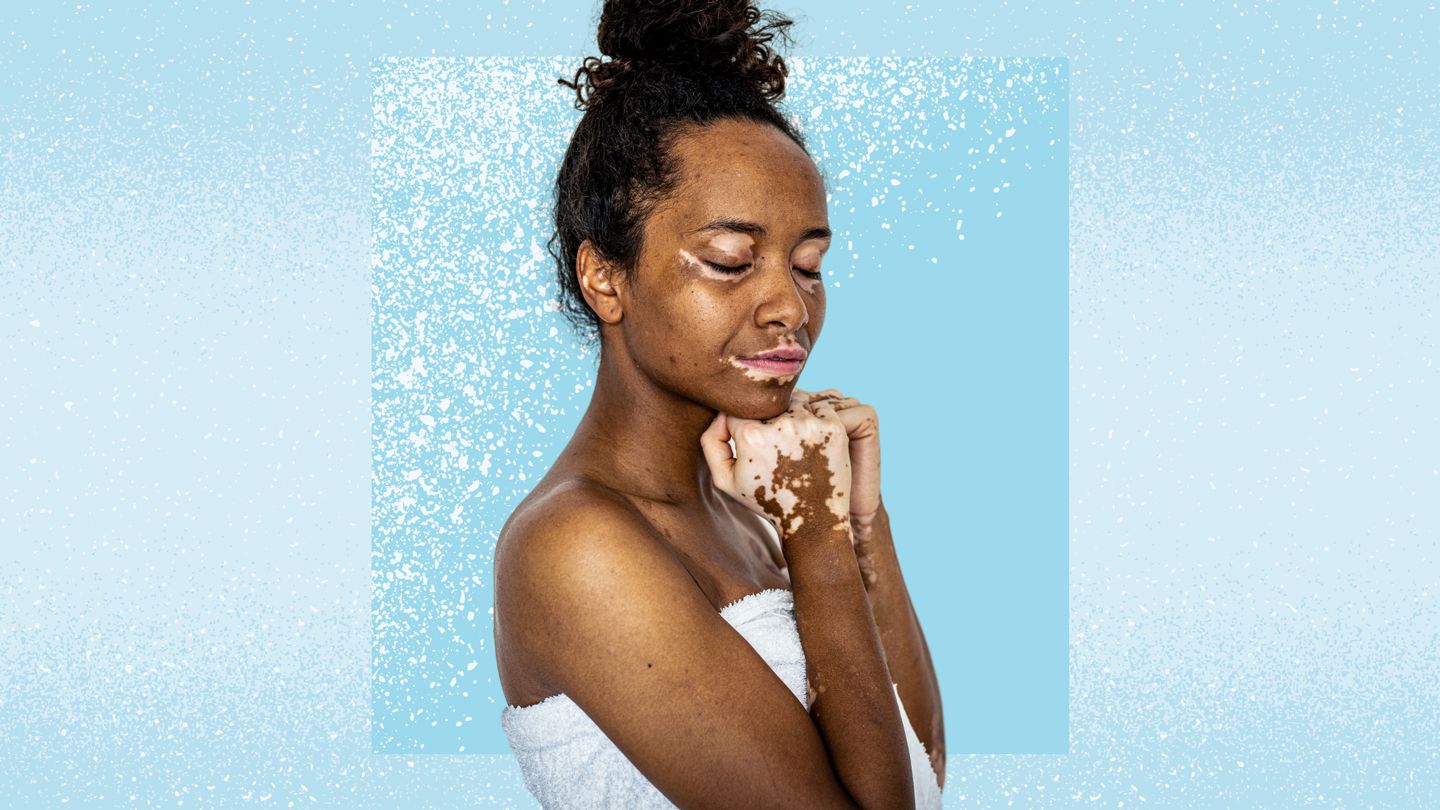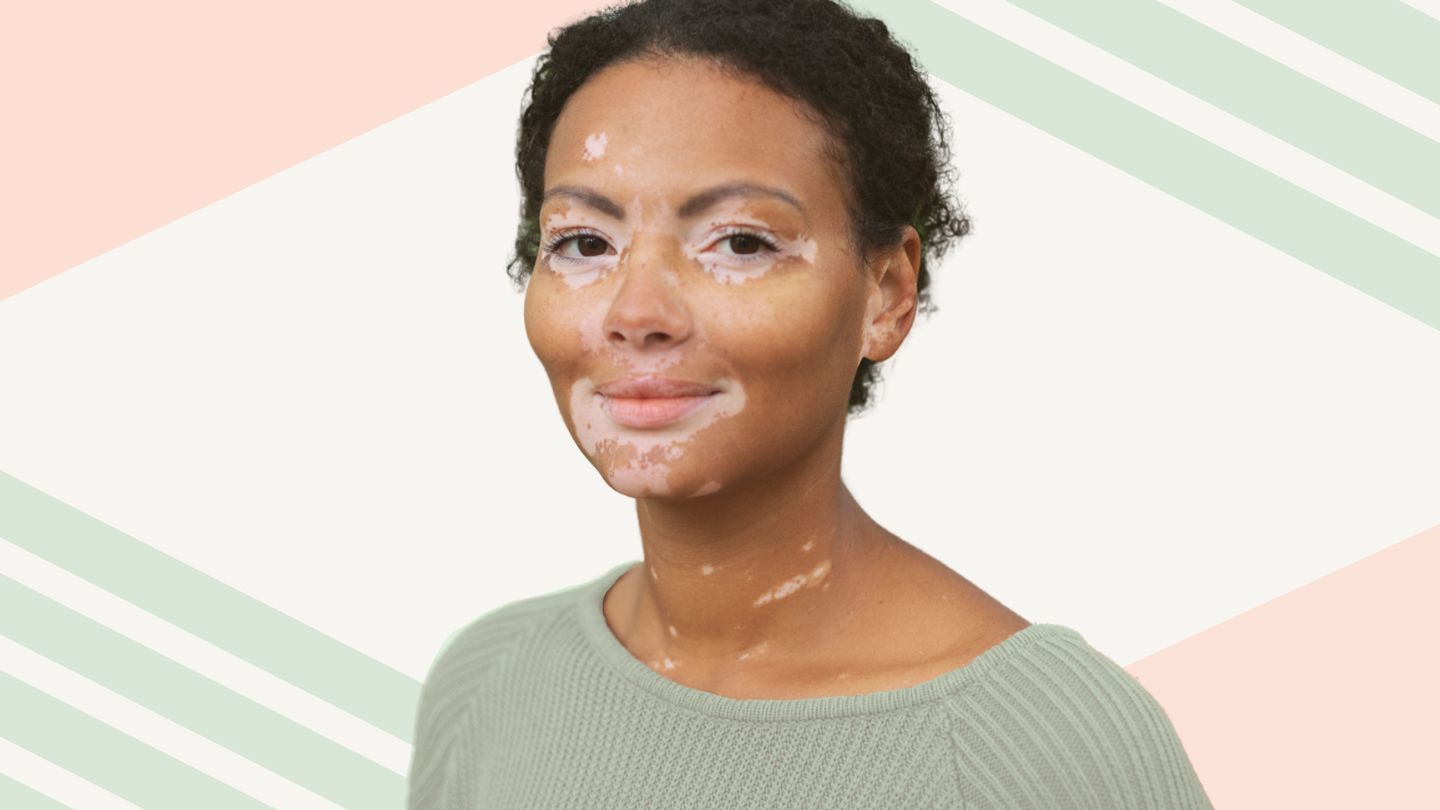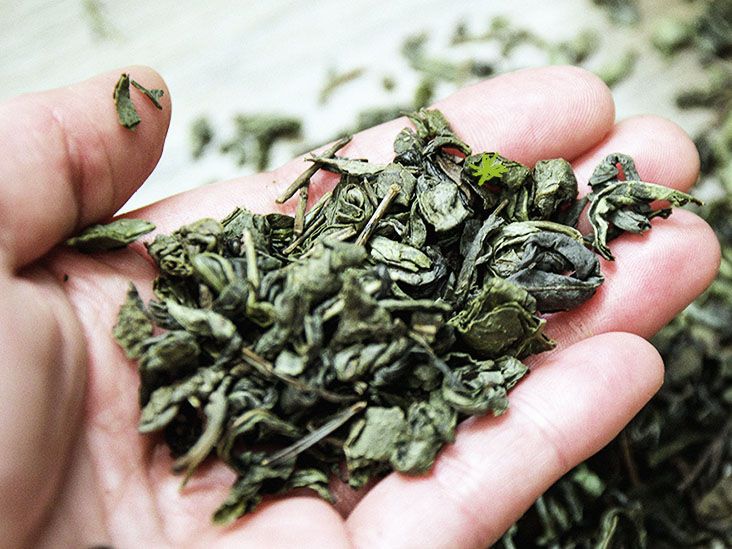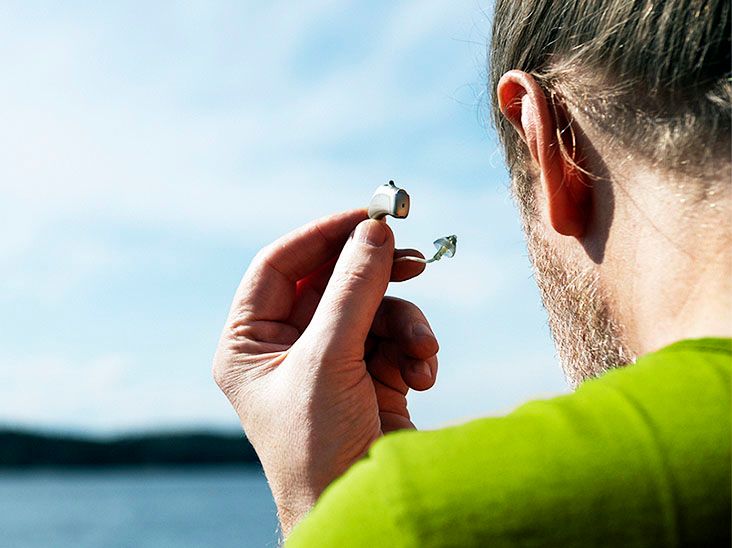Hey there! If you're reading this, chances are you're navigating the sometimes confusing world of vitiligo. I get it seeing patches of depigmented skin can feel overwhelming, especially when you're bombarded with endless treatment options. Today, we're diving deep into something that's been gaining attention: vitiligo herbal remedies. Are they the gentle alternative you've been hoping for, or should you approach them with caution? Let's explore this together, like friends chatting over coffee.
Understanding Herbal Options
So, what exactly are we talking about when we mention vitiligo herbal remedies? Simply put, these are plant-based treatments that people have been using for centuries across different cultures. Think of them as nature's medicine cabinet herbs and botanicals that might help calm inflammation, reduce oxidative stress, or even encourage those little melanocyte cells (the ones responsible for skin color) to wake up and get back to work.
Now, I want to be completely honest with you natural doesn't always mean better. I know, it's tempting to think that because something comes from the earth, it's automatically safer or more effective. The truth is, herbal remedies can certainly support your treatment journey, but they're not magic bullets that replace proper medical care. Think of them more like supportive friends rather than miracle workers.
Let me share some of the more commonly discussed options that have traditional backing or early research behind them. Ginkgo biloba, for instance, has been used for immune support and may help slow down the spread of those pesky patches. Turmeric that golden spice you've probably heard about a million times brings anti-inflammatory properties to the table. Then there's Psoralea corylifolia (Babchi), which has traditional roots in Ayurvedic medicine for skin repigmentation, though it definitely needs careful handling. And red clover? Well, it's been used for blood purification and is loaded with antioxidants.
| Herb | Traditional Use | Potential Benefit | Important Notes |
|---|---|---|---|
| Ginkgo biloba | Immune support | May slow depigmentation | Oral or topical use possible |
| Turmeric (Curcumin) | Anti-inflammatory | Reduces inflammation around patches | Pair with black pepper for absorption |
| Psoralea corylifolia (Babchi) | Skin repigmentation | Stimulates melanin production | Ayurvedic use requires caution |
| Red Clover | Blood purification | Rich in antioxidants | Tea or tincture forms available |
Real-World Effectiveness
This is where things get interesting and a bit complicated. Do vitiligo herbal remedies actually work in practice? Well, the evidence is mixed, kind of like trying to predict the weather. Some people report modest improvements, like noticing that their patches aren't spreading as quickly, or seeing a bit of repigmentation when they combine herbs with light therapy. Others don't notice much change at all.
There are actual studies out there, which is encouraging. For instance, ginkgo biloba has shown potential in helping to stabilize vitiligo in some clinical trials. But here's the thing many of these studies are relatively small, so we can't make sweeping declarations about their effectiveness just yet.
From a scientific perspective, some of these herbs do make sense. Ginkgo might help regulate immune responses, which is important since vitiligo is considered an autoimmune condition. Curcumin from turmeric has those lovely antioxidant properties that could help with oxidative damage in the skin. And let's not forget PUVA therapy that's actually a medically accepted treatment that uses psoralen (a plant-derived compound) combined with UV light.
Potential Risks and Precautions
Let's have a real talk about safety because, honestly, this is where things can get tricky. Are herbal vitiligo treatments safe for everyone? Absolutely not and I want you to hear that clearly. Your safety depends on factors like your skin type, existing medical conditions, and other medications you might be taking.
Some of the side effects you could encounter include skin irritation, allergic reactions, or increased sensitivity to sunlight (especially with psoralen-containing herbs). There's also the risk of interactions with prescription medications blood thinners and immunosuppressants, for example, can have unexpected reactions when combined with certain herbs.
Here are some safety tips that I wish someone had shared with me when I first started exploring natural options: always do a patch test before applying anything new to larger areas of skin. This means putting a small amount on a discreet spot and waiting 24-48 hours to see how your skin reacts. Talk to your healthcare provider before starting any new remedy really, I can't stress this enough. And please, please be wary of unverified "miracle cure" products that promise instant results. If it sounds too good to be true, it probably is. Extra caution is also needed if you're pregnant or breastfeeding.
Personal Stories and Experiences
I love hearing from people who've tried different approaches because real experiences add so much depth to what we read online. The stories are all over the map some folks see gradual improvement over months, while others don't notice significant changes. What's consistent, though, is that results are never one-size-fits-all.
One person I spoke with said, "I used turmeric and black seed oil topically for months. I didn't see total recovery, but I did notice the spread of patches slowed down considerably." That kind of feedback is valuable it shows realistic outcomes rather than overpromising.
Some integrative dermatologists have reported modest improvements in patients who combine herbal therapies with conventional phototherapy. It seems like the combination approach often works better than going all-in on either side alone. What I find fascinating is how individual the journey really is. What works beautifully for one person might not work at all for another.
Herbal vs Conventional Treatments
Let's address the elephant in the room: how do natural remedies stack up against conventional treatments like steroid creams or light therapy? The honest answer is that conventional methods typically deliver faster, more predictable results. Think of them as express trains compared to herbal remedies, which are more like scenic routes that take longer but might be gentler on your system.
If you're dealing with severe vitiligo or rapidly spreading patches, relying solely on herbs probably isn't the best approach. However, incorporating certain herbs alongside conventional treatments might offer additional support. It's like having a solid foundation (medical treatment) with some thoughtful additions (herbal support).
| Aspect | Herbal Remedies | Conventional Treatments |
|---|---|---|
| Results Timeline | Slow (weeks to months) | Fast (days to weeks) |
| Availability | Over-the-counter | Requires prescription |
| Cost | Generally affordable | Can be expensive |
| Scientific Support | Limited/modest evidence | Strong research backing |
| Side Effects | Usually mild to moderate | Potentially significant with long-term use |
Recommended Natural Options
If you're curious about which specific herbs get mentioned most often in research and traditional practice, a few names keep popping up. Polypodium leucotomos, which you might not have heard of, has some interesting research behind it. Psoralea corylifolia (that Babchi I mentioned earlier), turmeric, and ginkgo biloba also appear frequently in discussions about effective natural approaches.
As for dosages and applications? Here's some general guidance, but please remember that professional consultation is always the wisest path: ginkgo biloba extract around 40-80 mg twice daily, curcumin with piperine (that's black pepper extract) at about 500 mg once daily or mixed into warm milk, and psoralen oils that need to be used carefully under supervision, typically with controlled sunlight exposure.
The key here is starting slowly and paying attention to how your body responds. Some people are more sensitive to herbs than others, so what works beautifully for your friend might not be right for you. That's perfectly normal we're all wonderfully different!
Moving Forward Mindfully
As we wrap up this conversation, I want to leave you with some food for thought. Herbal remedies for vitiligo can indeed offer a gentler approach for many people, but they come with their own set of considerations and limitations. While certain ingredients like ginkgo biloba and turmeric show real promise based on both traditional use and emerging research, it's important to keep expectations realistic.
Think of these natural options as supportive tools in your overall wellness and treatment plan ideally used alongside guidance from healthcare professionals who understand your specific situation. Integrative dermatologists, in particular, often take a more holistic approach that can include both conventional and carefully selected natural therapies.
I'm genuinely curious about your experiences. Have you tried any vitiligo herbal remedies yourself? What worked? What didn't? Your insights could be incredibly valuable for others who are just starting their exploration of natural options. The vitiligo community is all about supporting each other, and every story adds to our collective understanding of what might help.
Remember, managing vitiligo is a journey, not a destination. Whether you choose conventional treatments, natural remedies, or a combination of both, what matters most is finding an approach that feels right for you and supports your overall well-being. You've got this, and you're certainly not alone in this.
FAQs
Can herbal remedies cure vitiligo?
Herbal remedies are not a cure for vitiligo. They may help slow the spread of depigmented patches or support repigmentation when used alongside conventional treatments, but results vary and scientific evidence is limited.
Which herbs have the most scientific support for vitiligo?
Current research points to ginkgo biloba, turmeric (curcumin), and psoralea corylifolia (Babchi) as the most studied. Ginkgo may aid immune regulation, curcumin offers antioxidant benefits, and Babchi has traditional use for repigmentation, though it must be used cautiously.
How should I use turmeric for vitiligo safely?
Topically, mix turmeric powder with a carrier oil (like coconut oil) and a pinch of black pepper to improve absorption. Apply a thin layer to affected areas once daily after a patch test. Oral supplements should contain piperine (black‑pepper extract) and be taken with food, typically 500 mg of standardized curcumin per day.
Are there risks of combining herbal remedies with prescription medications?
Yes. Herbs such as ginkgo biloba can interact with blood thinners, and psoralen‑containing herbs can increase photosensitivity, affecting medications that also affect the skin or immune system. Always discuss any new herbal supplement with your physician.
What is the best way to integrate herbal treatments with phototherapy?
Many dermatologists recommend using herbs as adjuncts, not replacements. For example, a gentle turmeric paste or a low dose of ginkgo supplement can be taken during a phototherapy course, but avoid photosensitizing herbs (like Babchi) unless supervised, and monitor skin response closely.
Disclaimer: This article is for informational purposes only and does not constitute medical advice. Always consult with a healthcare professional before starting any new treatment regimen.
Related Coverage
Tattoo ink fading and white spots happen, but can be prevented. Learn what causes tattoo fading, vitiligo spots, and the best methods to fix, cover, or embrace tattoo ink diffusion....
Dr. Elizabeth Yun is a top dermatologist providing customized treatments for chronic skin conditions like vitiligo, psoriasis, eczema, and acne. Learn about her services....
Learn how to buy ruxolitinib Opzelura cream online to treat vitiligo patches. Understand treatment options, getting a prescription, using insurance, costs, and applying properly....
Terrence J, Michael Jackson, Winnie Harlow and other celebrities have spoken out about their experiences with vitiligo to reduce stigma and empower others with the condition....
Learn the correct pronunciation for the fungal skin condition tinea versicolor. Breaking down the scientific name into tin-ee-uh ver-sih-cuh-lor prevents confusion and misdiagnosis....
Opzelura is the first FDA-approved topical cream for restoring skin pigment in vitiligo patients. Learn about using Opzelura, expected results, side effects, and costs....
Vitiligo herbal remedies: benefits, safety tips, and how they complement conventional treatments for clearer skin....
Find out the Opzelura side effects you may experience, how to soothe mild irritation, and signs that need urgent medical attention....
Learn about the vitiligo hearing loss link, common symptoms, how doctors test it, and practical steps to manage hearing changes....
Get clarity on properly pronouncing ...






